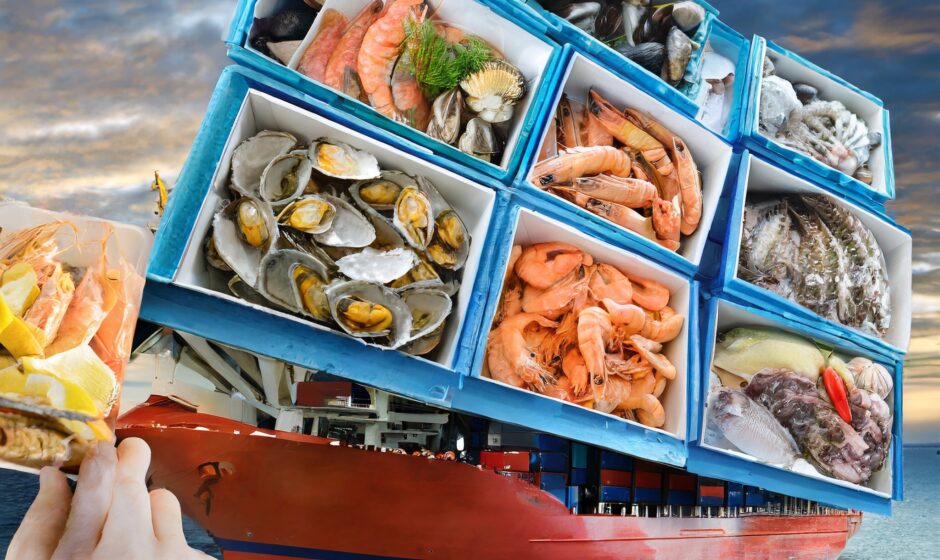The Indian seafood industry, a significant contributor to the country’s economy, offers immense potential for aspiring exporters. However, the process of registering as a seafood exporter in India can seem daunting, especially for those new to the industry. This comprehensive guide aims to demystify the registration process, providing step-by-step instructions and highlighting the essential licenses and registrations required.
Step 1: Obtaining an Importer Exporter Code (IEC)
The first step towards seafood export registration is acquiring an Importer Exporter Code (IEC). Issued by the Directorate General of Foreign Trade (DGFT), the IEC serves as a unique identification number for exporters and importers. To obtain an IEC, applicants must submit an application form, along with supporting documents such as a PAN card, address proof, and bank account details. The application can be filed electronically through the DGFT website.
Step 2: Registering with the Marine Products Export Development Authority (MPEDA)
The Marine Products Export Development Authority (MPEDA) plays a crucial role in promoting and regulating the export of seafood products from India. As a mandatory requirement, seafood exporters must register with MPEDA. The registration process involves submitting an application form, along with supporting documents such as a copy of the IEC, a copy of the PAN card, and a copy of the Registrar of Companies (ROC) certificate for companies.
Step 3: Acquiring an FSSAI License
The Food Safety and Standards Authority of India (FSSAI) is responsible for ensuring the safety and quality of food products, including seafood. Seafood exporters must obtain an FSSAI license to ensure their products comply with the FSSAI’s regulations. The FSSAI license application process involves submitting an application form, along with supporting documents such as a factory layout plan, food safety management plan, and test reports.
Step 4: Obtaining a Certificate of Registration from the Export Inspection Council of India (EIC)
The Export Inspection Council of India (EIC) is responsible for inspecting and certifying seafood products for export. Seafood exporters must obtain a Certificate of Registration from the EIC to ensure their products meet the export quality standards. The EIC registration process involves submitting an application form, along with supporting documents such as a copy of the IEC, a copy of the MPEDA registration certificate, and a copy of the FSSAI license.
Additional Licenses and Registrations
In addition to the aforementioned licenses and registrations, seafood exporters may also need to obtain specific certifications or permits depending on the type of seafood they intend to export. For instance, exporters of certain seafood products may require certifications from the Aquaculture Certification Council of India (ACCI) or the Aquaculture Stewardship Council (ASC).
Essential Tips for New Seafood Exporters
1. Plan and Prepare: Thoroughly research the export market, identify potential buyers, and understand the specific requirements for the seafood products you intend to export.
2. Seek Guidance: Consult with experienced seafood exporters, industry associations, and government agencies for assistance and guidance throughout the registration process.
3. Maintain Compliance: Ensure strict adherence to all regulatory requirements and maintain up-to-date licenses and certifications.
4. Invest in Quality Control: Implement robust quality control measures to maintain the highest standards of seafood products.
5. Embrace Innovation: Stay updated on industry trends, adopt new technologies, and explore innovative marketing strategies to enhance your competitive edge.
6. Seek Financial Support: Explore financing options from banks, government agencies, or specialized export promotion organizations to support your export operations.
7. Network and Collaborate: Actively participate in industry events, network with potential buyers, and collaborate with other exporters to expand your market reach.
By following these guidelines and adhering to the required registration procedures, aspiring seafood exporters can navigate the regulatory landscape effectively and embark on a successful journey in the global seafood export market.

